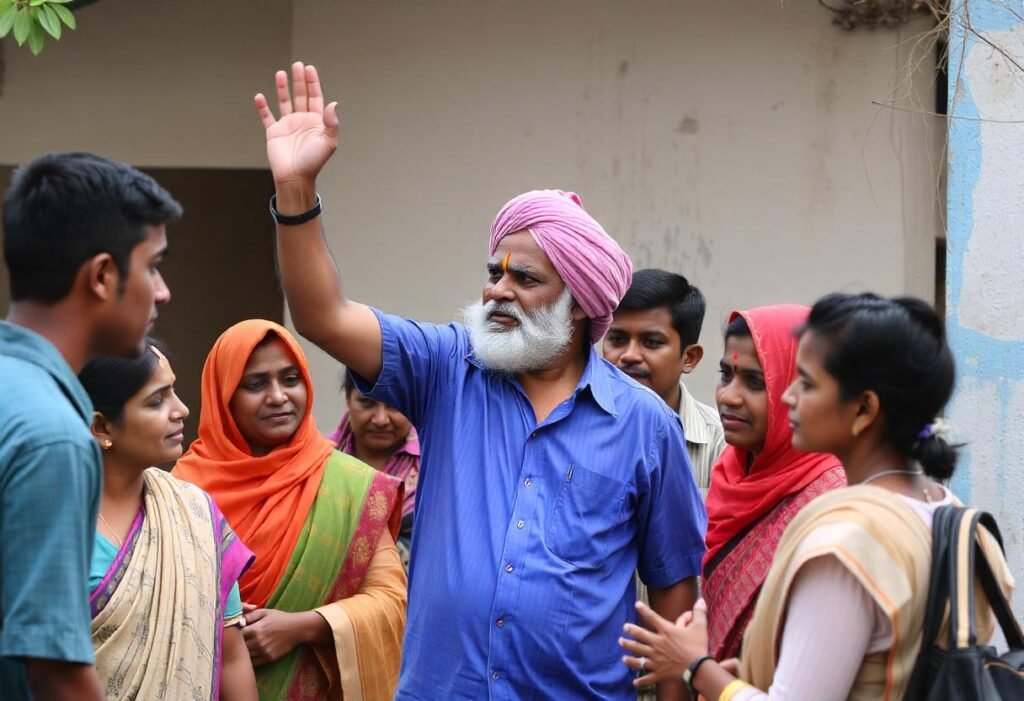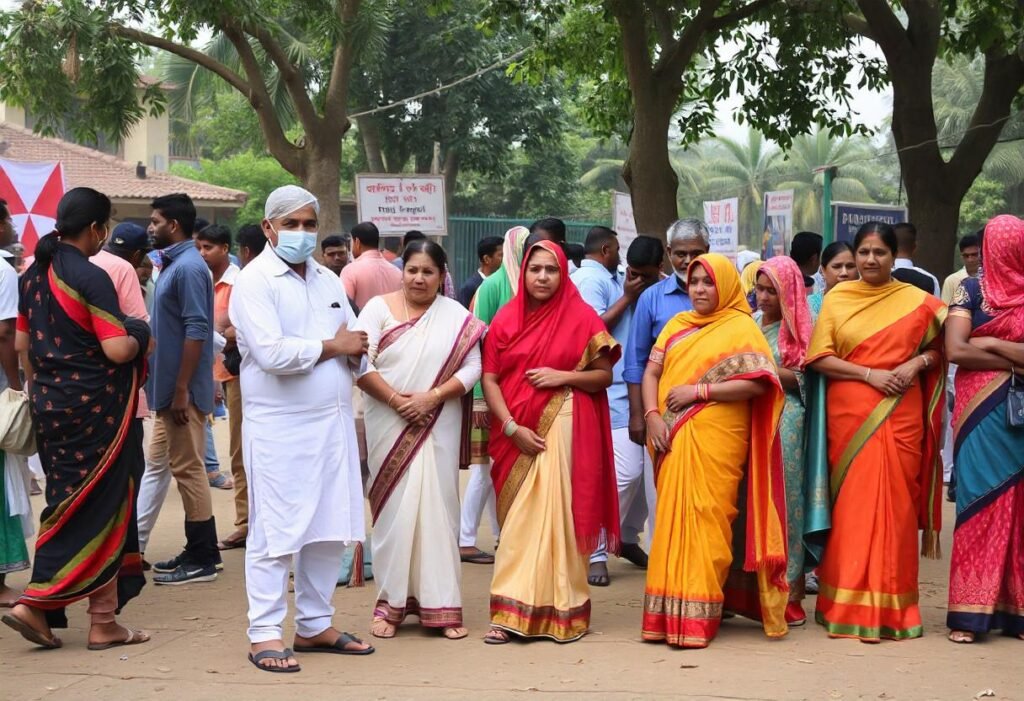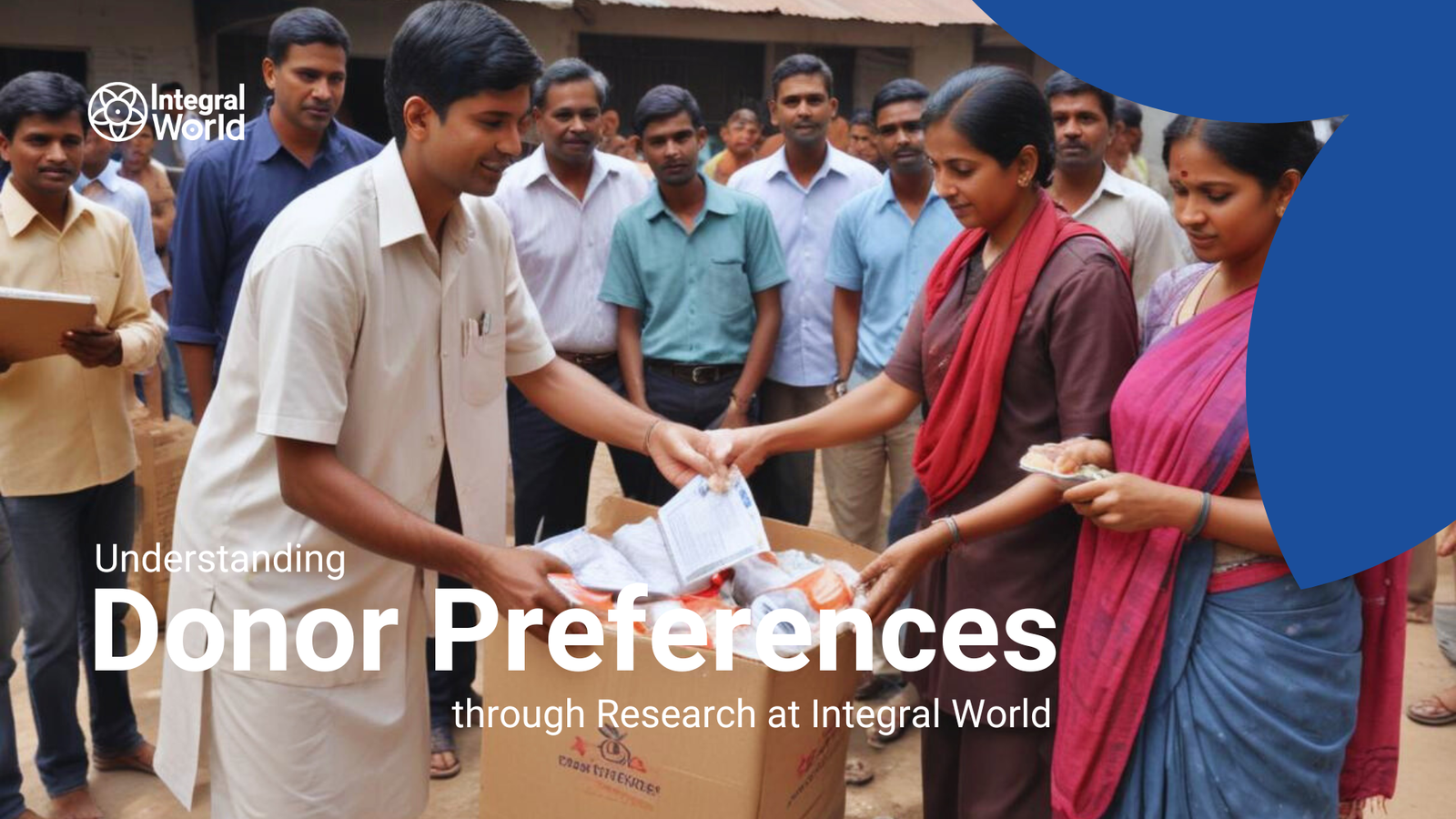Understanding the preferences of donors helps in making successful and long-lasting development programs in the ever-changing world of non-profits. Involving communities in these initiatives ensures that they are relevant, effective, and locally embraced. At Integral World, we stress on community engagement and participatory development as key drivers for empowerment and sustainable change. This article presents practical ways to understand donor preferences using research with actual examples that can guide organizations for having a community input.
The Importance of Understanding Donor Preferences
Knowing more about donor preferences goes beyond knowing which proposals they would fund. It means understanding their motivations, values and expectations. These insights help NGOs tailor their approaches so that they match donor priorities but still meet the needs of the people on ground.
Benefits of Understanding Donor Preferences
Enhanced Donor Engagement: Organizations may foster deeper relationships with supporters by matching initiatives with what interests them most.
Increased Funding Opportunities: More targeted and successful fundraising campaigns can be done if organizations understand what motivates donors. Such campaigns secure funds important for development projects.
Improved Project Relevance: Donors’ perspectives being considered while designing projects is critical to draw support and ensure future sustainability.
Strengthened Community Relations: When donor preferences are aligned with community needs, it enhances trust and collaboration between all stakeholders.
Practical Strategies for Understanding Donor Preferences

Conducting Donor Surveys and Interviews
Use surveys or other interview methods to interact directly with donors to know why they prefer certain things over others. For instance ask about their passion areas, what kind of projects do they like supporting most and what results do they expect from the donations?
Analyzing Donor Data
Donors have behaviour, giving patterns and engagement levels which can be studied using donor management systems. This analysis helps to identify trends and preferences that are valuable for strategic decision-making.
Engaging in Direct Conversations
Building personal connections with top donors by means of direct talks is important. Understand their philanthropic goals and get their opinions on potential projects in order to know their wants better and involve them as stakeholders.
Hosting Donor Events and Focus Groups
Organize events or focus groups where donors can discuss their interests and what they expect from organizations drawing ideas from such forums.
Real-World Examples of Effective Community Engagement

Expert Insights on Community Engagement and Donor Preferences
Expert Quotes
“True community engagement goes beyond consultation; it involves empowering local populations to take ownership of development projects. When donors see the genuine impact of their contributions through community-led initiatives, it fosters a deeper connection and long-term commitment.” – Dr. Jane Goodall, Conservationist and Anthropologist
“Understanding donor preferences requires a strategic approach. Organizations must leverage data analytics, direct engagement, and feedback mechanisms to align their projects with donor interests. This alignment not only enhances funding but also drives more effective and sustainable outcomes.” – Michael Porter, Professor, Harvard Business School
Actionable Tips for NGOs
Develop a Comprehensive Donor Research Plan
Create a structured plan for conducting donor research including surveys, interviews, and data analysis. Periodically update this plan as donor preferences evolve.
Foster Transparent Communication
It is also important that organizations in this sector maintain open communication with donors by regularly updating them on project progress as well as successes and challenges encountered therein. Openness enhances relationships between an organization and donors.
Utilize Technology
Use technology to ease the process of researching about donors thus making it easier for an organization to reach out to them effectively. Such systems are made possible by software designed specifically for managing donors’ information which provides alerts whenever there is any change in giving patterns thereby becoming vital marketing tools when sending communications based on individual choices
Engage Donors in Decision-Making
Have donors be part of project design and monitoring. Their understanding will provide some unique perspectives and enhance their participation and attachment.
Conclusion: Give Priority to Community-Led Initiatives
Direct resources towards endeavours driven by the needs and aspirations of targeted beneficiaries. Such projects are more likely to appeal to funders as well as achieve long-term effects.
In order for a non-profit to be able to create development projects that are meaningful and sustainable, it is important that research be carried out to understand what the donor wishes. It is possible for organizations to increase their impact and develop stronger relationships with their supporters through community involvement in project design as well as matching projects with donor interests. Integral World actively engages communities and promotes sustainability through strategic research and partnerships.
What about partnering with Integral World so as to have a comprehensive donor research and engage with the community? With our experience, we can achieve sustainability which will benefit everyone globally. For more information on our services and some success stories, please feel free to visit our website today.


2 Comments
I very delighted to find this internet site on bing, just what I was searching for as well saved to fav
Sky Scarlet I’m often to blogging and i really appreciate your content. The article has actually peaks my interest. I’m going to bookmark your web site and maintain checking for brand spanking new information.
Comments are closed for this article!